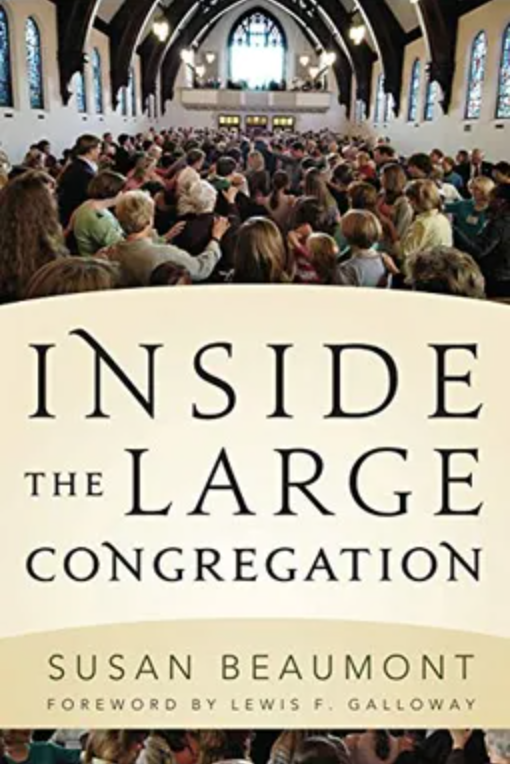Books We Love!
General Leadership Books:
Canoeing the Mountains by Tod Bolsinger
There are many great books that outline the basics of leadership, but Tod Bolsinger’s is unique. He uses Lewis and Clark’s journey and expands on the leadership tools it took to brave new territories. Basic leadership concepts like adaptive vs. technical leadership and the critical role of relational leadership are laid out in accessible ways. This is a great read for leaders who tend to have trouble with leading in a changing culture.
Multipliers by Liz Wiseman
The concepts in this book have stuck with me! This book speaks to how you as a leader or manager can help get the most out of those you lead. Wiseman argues that you want to be a “multiplier” rather than a “diminisher.” Multipliers help empower and multiply the gifts of those they lead. Diminishers rely on their own gifts and intelligence and tend to miss out on the intelligence and creativity surrounding them. Particularly helpful was the collection of ways that we think we are being multipliers, but actually are accidental diminishers. This is a great read for anyone who is or wants to manage leaders, whether staff or laity.
Anatomy of Peace by the Arbinger Institute
Anatomy of Peace laid out a concept that captured the life I hope to live. It is written narratively, so it is easy to read. The Arbinger Institute argues that we should approach people with a heart of peace. Too often we treat people like objects. It makes you think about the ways we have a tendency to judge and manipulate people, even when we may not realize it. This is a great read for teams learning how to work together to accomplish the goals and mission of your organization.
Think Again by Adam Grant
Adam Grant is always a great read. The premise of this book speaks to how, as leaders, we rely heavily on knowledge and expertise. At times, this leads us to conclusive results that we, as experts, feel are the best. Grant talks about the danger of overconfidence and our reliance on expertise in how we do things and the gift of rethinking and reconsidering our ideas and actions. Since churches tend to have events and activities that become annual traditions, think again may encourage leadership to open themselves to rethinking established patterns. This is a great read for a church who finds themselves stuck in a rut or leaders who aren’t sure what next steps to take in ministry.
Administrative Systems:
Inside the Large Congregation by Susan Beaumont
If you are pastor of a medium to large sized church and haven’t read this (or any other Susan Beaumont book), I encourage you to grab it. This book has been a guiding point for me in navigating growth and helping set expectations for laity on the roles of staff and pastors. Beaumont shows the ways that the size of your church effects the way you approach and think about the systems in place in your church. This is a great read for pastors and executive directors of churches who find themselves struggling with growth or unrealistic expectations.
Leadership Structure:
Mission Possible by Kay Kotan
This book may be a little more geared toward United Methodists, but I think helps any church think about their leadership structure. I appreciate Kay’s emphasis on lay leadership and the two key aspects of your leadership structure: simple and clear accountability. This is a great read for any church who feels like their leadership structure is not meeting the needs of their congregation.
Small Group Systems:
The Art of Gathering by Priya Parker
We often talk about the value of small groups and gathering together in community. In the church, this tends to center around a meal, an event, or a study. The Art of Gathering can help you think about how to not only be purposeful in why you gather, but to think about who you choose to gather and how you can make these gatherings more meaningful. As I read this book, I was struck by how often I gather in groups and am unsure what the goal of our gathering is. It also made me rethink not only my church gatherings, but the ways in which I host friends and family. This is a great read for those who are in charge of fellowship, small groups, or even educational groups and want to build intentionality into their gatherings.
Discipleship Systems:
Discipleship That Fits – Bobby Harrington and Alex Absalom
This book was a game changer in how to be strategic about planning ministry in ways that facilitate growth in discipleship. The authors use studies on how people relate to one another at different geographical distances (For example…the different ways you relate to someone when you are standing 10 feet from them versus at a handshake distance) to help understand different relational expectations in discipling groups. This book can transform the way a small group of 12 plans their meetings, how a church approaches large worship gatherings, and what expectations and planning one might put into a backyard gathering. Although most congregations find discipleship important, the ideas from this book help churches be strategic about the opportunities they offer. This is a great read for pastors and leaders who find that they have discipleship events that may not be having the effects they hope on those that attend.








